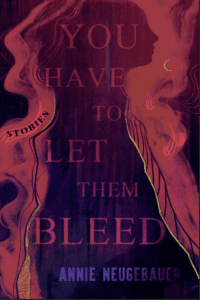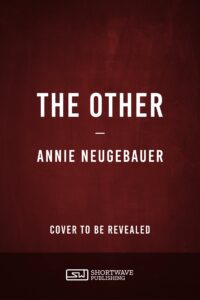Originally posted on May 19, 2010 at 5:50 PM
Many people are fascinated by the dark allure of the gothic genre, like myself. Usually drawn in by modern spins such as Rebecca, Wuthering Heights, and Jane Eyre, we find ourselves wanting to go back in time to trace the origins of these thrilling stories. I have done so, and if you’re interested in pursuing the “forefathers” of modern-day horror, here’s what you should know—blunt, honest, and simple.
Vathek by William Beckford, 1782
Subtitled, “An Arabian Tale,” this is sometimes credited as “the first” gothic novel. Quite frankly, it sucks. It is excruciatingly drawn-out, and reads more like a list of random, supernatural oddities than a novel. There are no emotions, no characters one can become invested in, and no details to make the story interesting. There is no hinting or mystery, only recounting in straight-forward terms the over-the-top occurrences that fall one after the other so quickly that if you don’t understand one you might as well move on to the next. It is one of four books in my entire life that I found unworthy of finishing.
The Castle of Otranto by Horace Walpole, 1764
More generally the consensus as the first gothic novel–written in English. (Vathek was translated from French.) This novel isn’t really worth your time, either, although infinitely better than Vathek. It is very short, so if you just want to be able to say you’ve read it, it won’t take you long to check it off your list. The sentences are long and muddling, and the dialogue isn’t separated with new lines or even quotation marks from the rest of the prose, so it can be rather tiresome to make sense of. I’d have to Wikipedia it to remember any of the characters’ names, which tells you how little I cared about them.
One thing I can say for it: it is a clear predecessor to the gothic genre, and that’s kind of cool. My suggestion: read a summary. Also, read the cool facts about Walpole’s life, house, and obsessions. A better story than the novel itself, if you ask me.
The Mysteries of Udolpho by Ann Radcliffe, 1794
I actually enjoyed this book quite a bit, but it’s not for a reader who dislikes “old” prose. The sentences are lengthy and wandering, as are the numerous descriptions of scenery. I believe there are abridged versions available that cut out these unnecessary wanderings, and having only read the original version, I would recommend giving one of those a try—especially if your goal is just entertainment.
The story is good. The characters are emotional and relatable in comparison with the two novels above, and the atmosphere is fantastic. There is mystery and suspense. For the average reader, I would recommend starting here as the birth of the gothic novel, and perhaps with an abridged version.
The Monk by Matthew Gregory Lewis, 1796
Fantastic. Juicy. Detailed but still succinct (there are few aimless wanderings like with Radcliffe). A wonderful read and by far the best novel of these four. It made shockwaves during its time for the scandalous content, and even now, it’s not for the innocent. Several times I found myself surprised by how modern it seemed in its refusal to back down to the graphic, grotesque, and profane.
One thing that might throw some readers: the elements of unexplainable supernatural. Radcliffe uses the “explained supernatural” in her story, which gives us the chills without the doubts. Lewis has no such qualms; you’d better be willing to suspend disbelief before you crack open this bad boy. But if you want good entertainment in the classic gothic style, go for The Monk.
Share this:





I had all of these on my to-read list, Annie. Thanks for the straightforward reviews! Now I only have 2 on my to-read list. Ha!
Haha, woops! Now I feel guilty. Sorry, Beckford and Walpole! (But you’re welcome, Ashley.) ;D